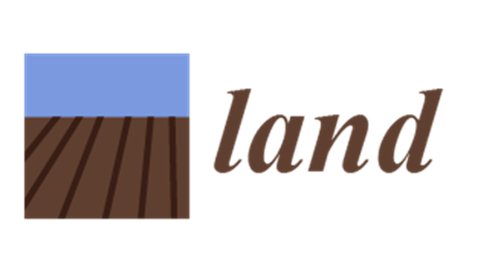A Framework to Identify Priority Areas for Restoration: Integrating Human Demand and Ecosystem Services in Dongting Lake Eco-Economic Zone, China
IF 3.2
2区 环境科学与生态学
Q2 ENVIRONMENTAL STUDIES
引用次数: 2
Abstract
The identification of priority restoration areas (PRAs) for ecosystems is a critical step in establishing restoration programs. Because the majority of existing studies focused on improving the ecosystem supply, the PRAs selected are likely to be remote from human demand, and the restoration benefits will not flow to humans. To fill this gap, we constructed an improved framework integrating the ecological restoration projects’ cost and benefits as indicators for choosing PRAs. Then, we identified PRAs for each ecosystem service (ES) with Marxan, and ranked the restoration priority grades according to the superimposed value of PRAs for each ES. Finally, we adjusted the restoration priority grades based on human demand and the concentration of those areas, and chose PRAs with a high ES supply and demand. This framework was applied to the Dongting Lake Eco-Economic Zone, one of China’s most significant ecological restoration project sites. The results indicated that the areas with “high”-, “sub-high”-, and “low”-grade PRAs, based only on the increase in the ES supply, were equal to 82, 410, and 1696 km2, respectively. After considering human demand, the PRAs moved continuously towards places with a high human demand; high-priority areas grew to reach 144 km2, while low-priority areas decreased to 1498 km2. The upgrade of the proposed framework for the identification of PRAs can contribute to increasing human well-being, while also serving as a support tool for environmental restoration management.洞庭湖生态经济区人类需求与生态系统服务整合的优先恢复区域识别框架
生态系统优先恢复区域的确定是制定生态系统恢复计划的关键步骤。由于现有的研究大多侧重于改善生态系统的供应,所选择的自然保护区可能远离人类的需求,因此恢复的好处不会流向人类。为了填补这一空白,我们构建了一个改进的框架,将生态修复项目的成本和效益作为选择生态修复项目的指标。在此基础上,利用马克思主义方法确定了各生态系统服务的pra,并根据pra的叠加值对各生态系统服务的恢复优先级进行了排序。最后,根据人类需求和这些区域的集中度调整恢复优先级,选择具有高ES供需的保护区。该框架应用于洞庭湖生态经济区,这是中国最重要的生态修复项目之一。结果表明:仅以ES供应增加为指标,高、次高、低等级的pra面积分别为82、410、1696 km2;在考虑了人的需求后,这些保护区不断向人的需求高的地方迁移;高优先区域增加到144平方公里,而低优先区域减少到1498平方公里。改进拟议的确定自然保护区的框架有助于提高人类福祉,同时也可作为环境恢复管理的支助工具。
本文章由计算机程序翻译,如有差异,请以英文原文为准。
求助全文
约1分钟内获得全文
求助全文
来源期刊

Land
ENVIRONMENTAL STUDIES-Nature and Landscape Conservation
CiteScore
4.90
自引率
23.10%
发文量
1927
期刊介绍:
Land is an international and cross-disciplinary, peer-reviewed, open access journal of land system science, landscape, soil–sediment–water systems, urban study, land–climate interactions, water–energy–land–food (WELF) nexus, biodiversity research and health nexus, land modelling and data processing, ecosystem services, and multifunctionality and sustainability etc., published monthly online by MDPI. The International Association for Landscape Ecology (IALE), European Land-use Institute (ELI), and Landscape Institute (LI) are affiliated with Land, and their members receive a discount on the article processing charge.
 求助内容:
求助内容: 应助结果提醒方式:
应助结果提醒方式:


